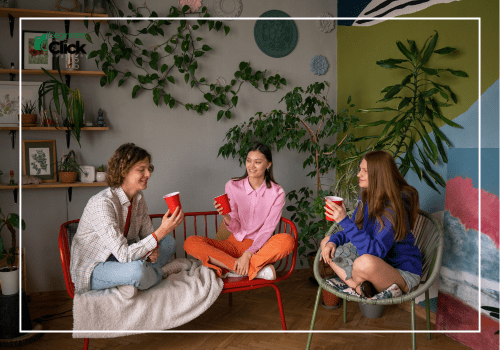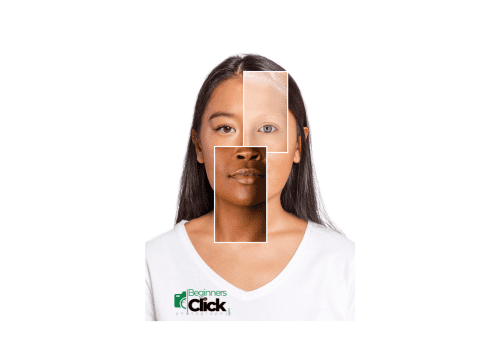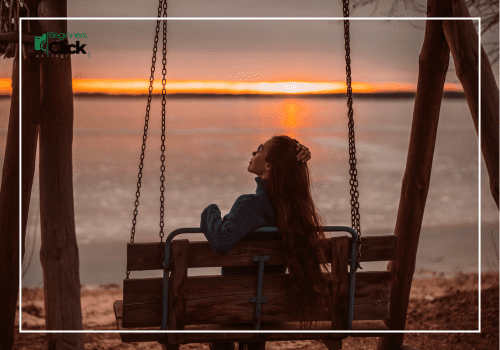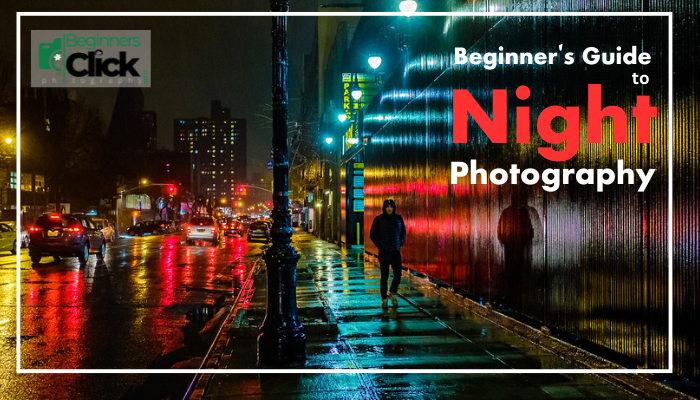When I first picked up a camera, I thought photography was just about pointing, clicking, and hoping for the best. But then came the day my bright blue afternoon sky turned into a weird shade of orange on my laptop screen. I panicked, thinking maybe my camera was broken or maybe the universe had shifted its color palette. Spoiler alert: it wasn’t the sky’s fault—it was my white balance.
White balance in photography is like that friend who insists on “fixing the mood lighting” at dinner. Done right, everything feels natural and inviting. Done wrong, the food looks like it came from a horror movie. My journey with white balance wasn’t smooth. I made countless mistakes—shooting weddings where brides looked greenish, sunsets that turned pale, and indoor parties where everyone looked like they had a fever.
Through those errors, I realized white balance isn’t just about technical settings—it’s about controlling how your camera interprets the colors your eyes already see. In this article, I’ll share my funny mistakes, little discoveries, and how adjusting white balance changed the way I understood photography forever.
Table of Contents
ToggleMy First Mistake with Indoor Lights
I’ll never forget my first real disaster with white balance. It happened at a family gathering. The room was beautifully decorated, everyone was smiling, and I thought I had captured some of the best portraits of my life. The warm yellow bulbs made the atmosphere feel cozy, so I assumed my camera would record it just as perfectly. When I checked the photos later, though, the horror set in. Every single person looked like they had spent three weeks at a tanning salon. Faces were orange, clothes had strange tones, and the cake on the table looked nothing like the one we had actually eaten.

That embarrassing mistake taught me a valuable lesson: indoor lighting is tricky. Standard household bulbs often give off a yellow or orange tint, and unless you adjust the white balance to match, your photos will always look unnatural. That’s when I discovered the tungsten setting. With one adjustment, the yellowish cast disappeared, and suddenly people looked human again. It felt like a magic trick—but in reality, it was simply the power of choosing the right white balance.
Outdoor Adventures Gone Wrong
One of my funniest yet most frustrating experiences with white balance happened at the beach. It was a bright, sunny afternoon, the kind of day where the water sparkled like glass and the sand looked almost golden. I was excited, thinking these shots would be portfolio-worthy. But for some reason, I decided to switch my camera’s white balance to “cloudy,” even though there wasn’t a single cloud in the sky. At the time, I thought it might make the colors pop more.
Big mistake. When I reviewed the photos later, they looked as if someone had dunked them into a jug of orange juice. The sand was too warm, the people were glowing like they had sunburns, and the blue ocean had taken on a strange reddish tint. I was frustrated, but also enlightened. That was the day I learned that each white balance mode is designed for a specific lighting situation. You can’t just pick one randomly and expect accurate colors. Since then, I’ve been much more intentional about matching my settings to the actual light in front of me.

Learning to Trust Auto White Balance (AWB)
For the longest time, I believed that “real” photographers never relied on Auto White Balance. I thought professionals always set everything manually—like choosing Kelvin values with surgical precision. So, I stubbornly avoided AWB, convinced it was the lazy option. But here’s the funny truth: sometimes the camera actually knows better than I do.
There were countless moments when I wasn’t sure which setting to use—was it daylight, shade, or something in between? Out of frustration, I’d switch back to AWB just to test it. To my surprise, the results were often spot on. The colors looked natural, the skin tones were correct, and the overall balance felt right.

I won’t lie—AWB has saved me during weddings, travel shoots, and even quick family portraits when the light kept changing faster than I could adjust. That’s when I realized it isn’t “unprofessional” to use AWB; it’s practical. In fact, knowing when to trust it is a skill in itself. Sometimes, letting the camera handle white balance allows me to focus on the bigger picture: capturing the moment.
Experimenting with Kelvin Settings
After gaining a bit more confidence with my camera, I decided it was time to leave the safety of presets behind and step into the mysterious world of Kelvin settings. At first, the numbers meant nothing to me—3200K, 5500K, 7000K. It felt more like I was trying to decode a math problem than take a photograph. But the more I experimented, the more I realized that those numbers were a direct language between my camera and the light surrounding me.
For example, when shooting indoors under warm tungsten lights, lowering the Kelvin value instantly cooled down the scene, making skin tones look natural. On the flip side, during an overcast day, raising the Kelvin brought warmth back into the frame, making the photo feel alive instead of dull and flat. Suddenly, I wasn’t just correcting mistakes—I was shaping the mood of the image before even pressing the shutter.
It was a liberating moment. Instead of letting presets dictate the outcome, Kelvin gave me full creative control. I finally understood that white balance isn’t only about accuracy—it’s about storytelling.
Why White Balance Shapes the Mood
One of the biggest lessons I learned through trial and error is that white balance isn’t just about fixing mistakes—it’s about setting the mood of a photo. Early on, I thought its only purpose was to “correct” colors and make things look realistic. But the more I experimented, the more I realized it could completely change how a picture feels.
Take winter photography, for example. If you lean toward cooler tones, the snow suddenly feels icy and sharp, as if the cold air might creep out of the frame. On the other hand, adding a bit of warmth can turn the exact same scene into something cozy, almost like a holiday postcard. The same goes for sunsets—warmer white balance makes them dreamy and nostalgic, while cooler tones shift the vibe toward moody and dramatic.

That’s when it clicked for me: white balance isn’t only technical, it’s creative. It gives you the power not just to show what you saw, but also to communicate what you felt in that moment.
From Panic to Confidence
Looking back, I laugh at the time my sky turned orange or when my cousin’s wedding photos had everyone looking green. But those embarrassing mistakes were my best teachers. White balance taught me that photography isn’t only about freezing a moment—it’s about translating the feeling of light into something others can see.
Now, instead of panicking when colors look off, I see it as an opportunity. Do I want this photo to feel warm and cozy, or do I want it to look cool and dramatic? White balance gives me that choice.
So if you’re starting out and making the same hilarious mistakes I did, don’t be discouraged. Play around with the settings, trust your eyes, and remember: every wrong shade gets you closer to understanding the true colors of photography.

